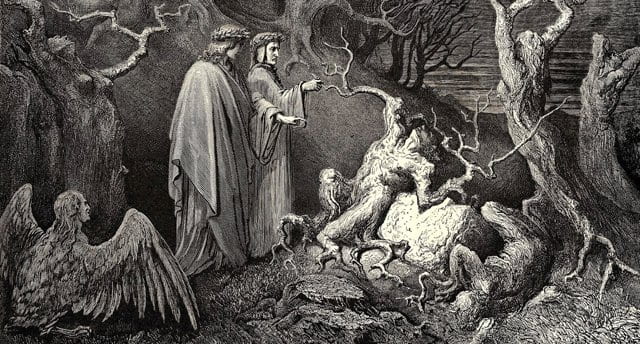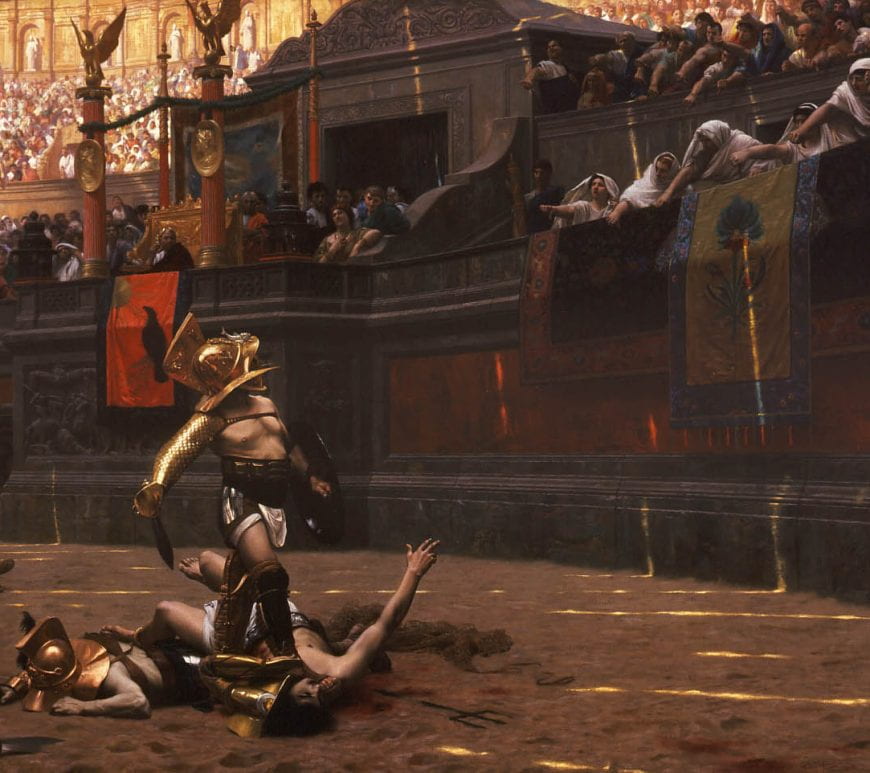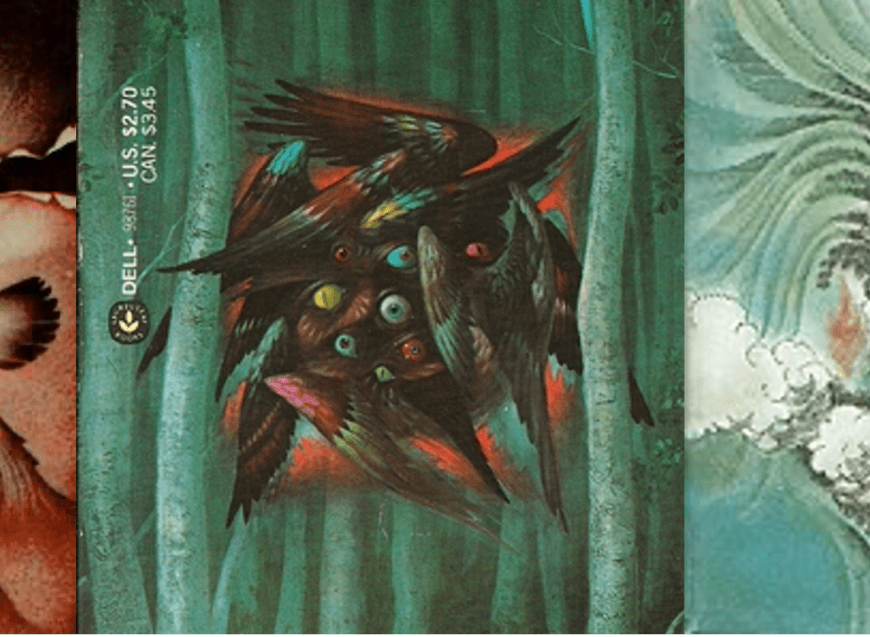

Classifying Witnesses of Violence: Parsing Susan Sontag’s Distinction Between the Voyeur and Non-Voyeur (and a Hesitant Defense of War Photography)
In Regarding the Pain of Others, Susan Sontag, in a way, indicts those who seek out depictions of violence without the intention or ability to provide aid to those being harmed: “Perhaps the only people with the right to look at images of suffering of…extreme order are those who could do something to alleviate it…or those who could learn from it…The rest of us are voyeurs, whether or not we…

Better to Rule in Hell: A Comparison of Satan in Paradise Lost and the Old English Genesis
Why does Satan choose to rebel against God? While Satan is not mentioned in the Book of Genesis, he is featured prominently in its Old English counterpart. The story of Satan’s rebellion and fall provided by Old Testament Narratives (OTL) is remarkably similar to that which appears in Milton’s Paradise Lost. Satan conspires to reign over Heaven, he and his angelic host are overthrown, their luminous forms are twisted into…

Boethius and Augustine and the Non-Existence of Evil
We agreed before that everything that exists is unitary, and that oneness itself is good. It then follows that everything, because it exists, is good. And it also follows that whatever falls from goodness ceases to exist, and that evil men cease to be what they were, having by their wickedness lost their human nature, although they still survive in the form of the human body (118). – Boethius, The…

Naturalism and Medieval Art
When I saw Bartolommeo Bulgarini’s The Crucifixion in the Smart Museum, one big question stuck out to me. Why does it look like that? The heads of the characters seem slightly out of proportion, lodged at awkward and unnatural angles; their hands are rendered in awkward and contrived poses; and Jesus’s torso and legs seemed oddly elongated and alien. These kinds of representational inconsistencies were present in the illustrations we…

Dreams, Movies, Photography: Knowing the Unknowable
In Regarding the Pain of Others, Susan Sontag describes a shift in how we perceive catastrophes: “A catastrophe that is experienced will often seem eerily like its representation. The attack on the World Trade Center on September 11, 2001, was described as “unreal,” “surreal,” “like a movie,” in many of the first accounts of those who escaped from the towers or watched from nearby. (After four decades of big-budget Hollywood…
Manipulating War Photography (Not Necessarily A Bad Thing?)
War photography is an incredibly nuanced form of witnessing, both for the viewer of the picture and for the photographer. Like many art forms, photography is an attempt to translate an experience from the photographer to the viewer. The game of perspective telephone between photographer and viewer is one that has limitless interferences. On the viewer’s side of witnessing, we commonly view photography as an objective information source. However, photography…
Material Proof of the Divine
Many of the stories in Visions of Hell must be mediated through physical objects, creating a sequence of confirmations that links the vision to the physical world. Often, the stories layer different forms of validation, forming a web that supports the vision’s version of truth and strengthens the consequences of the vision. In St. Paul’s story, a man receives a vision from an angel about a hidden box in his…

Adam and Eve; Virtue and Vice; Genesis and Paradise Lost
By Spencer Scott, Frances Schaeffler, Jonah Valverde, and Jo Zeng Why exactly did Adam and Eve eat the fruit? The original Bible goes into a little detail, saying in Genesis 3:6-7, that the snake tempted them, they ate, and their eyes were opened. It’s a straightforward story. Now this being the Bible and all, there’s a long history of writers taking this and other stories in their own direction, but…

On Angels, “Feet,” and Purpose-Built Witnesses
In the Liturgical Cycle for the Anglican Church, February 6, 2022 was the Fifth Sunday after Epiphany. As 2022 is Year C in the three-year cycle, the readings for the day include Isaiah 6:1-9.

Water, Margaret, and Thecla: A Follow-Up
I wrote this paragraph intending to include it in my first post about The Old English Life of St. Margaret and the story of Thecla from The Acts of Paul, but it didn’t seem to fit into what was already a very long post! So, I figured I would post it as a separate follow-up! You might want to glance at the first post to understand why I’m comparing these…



